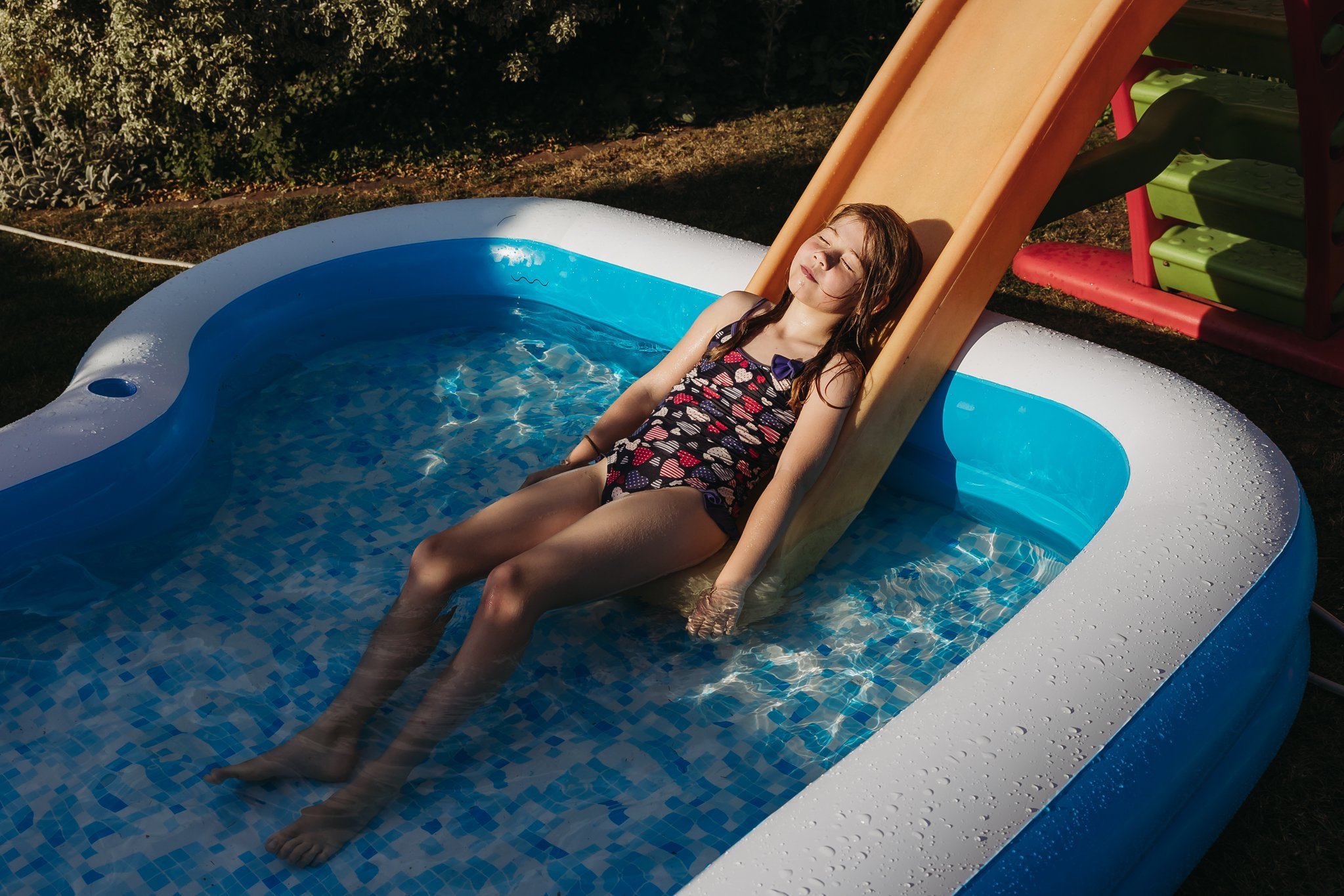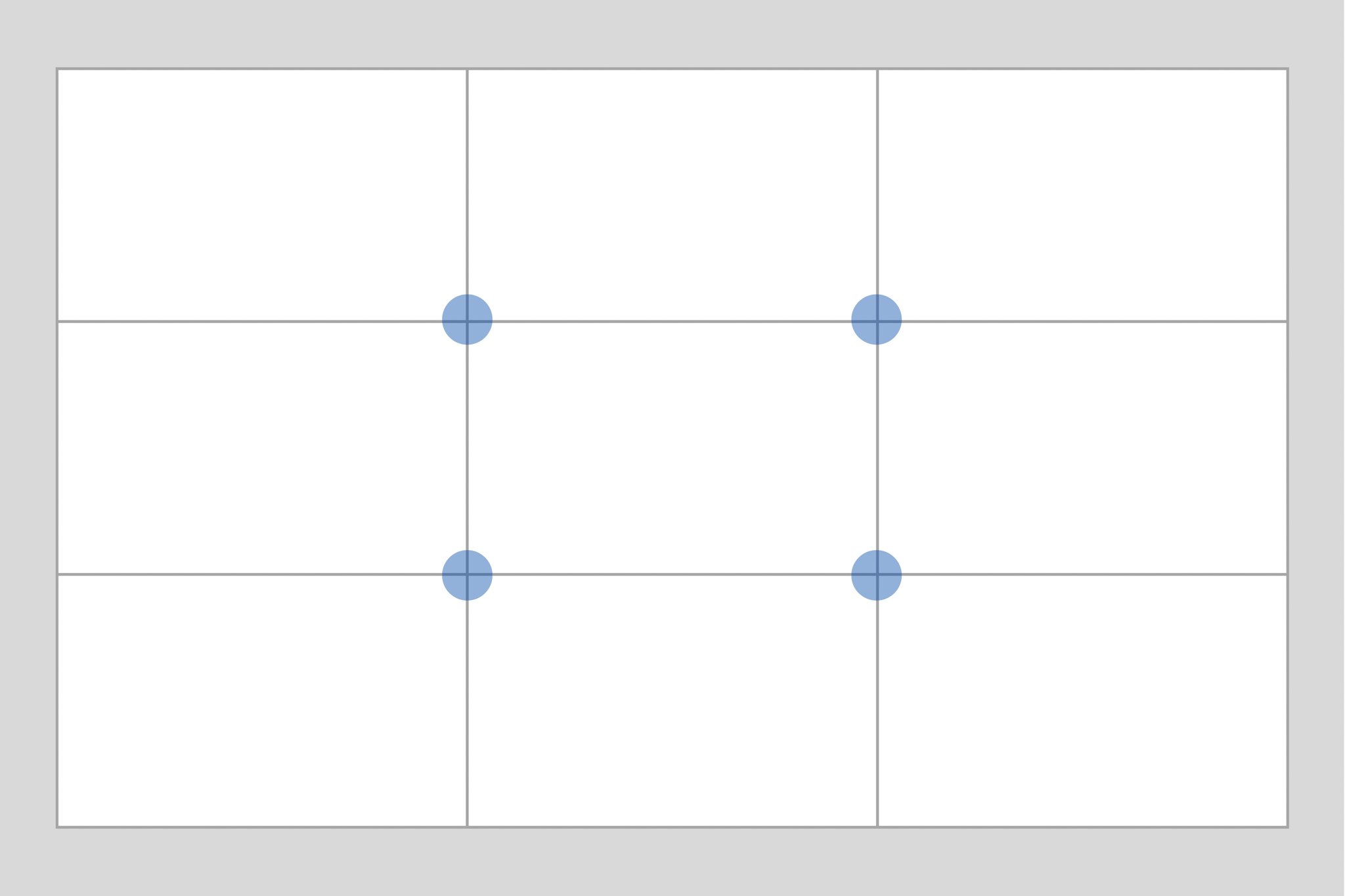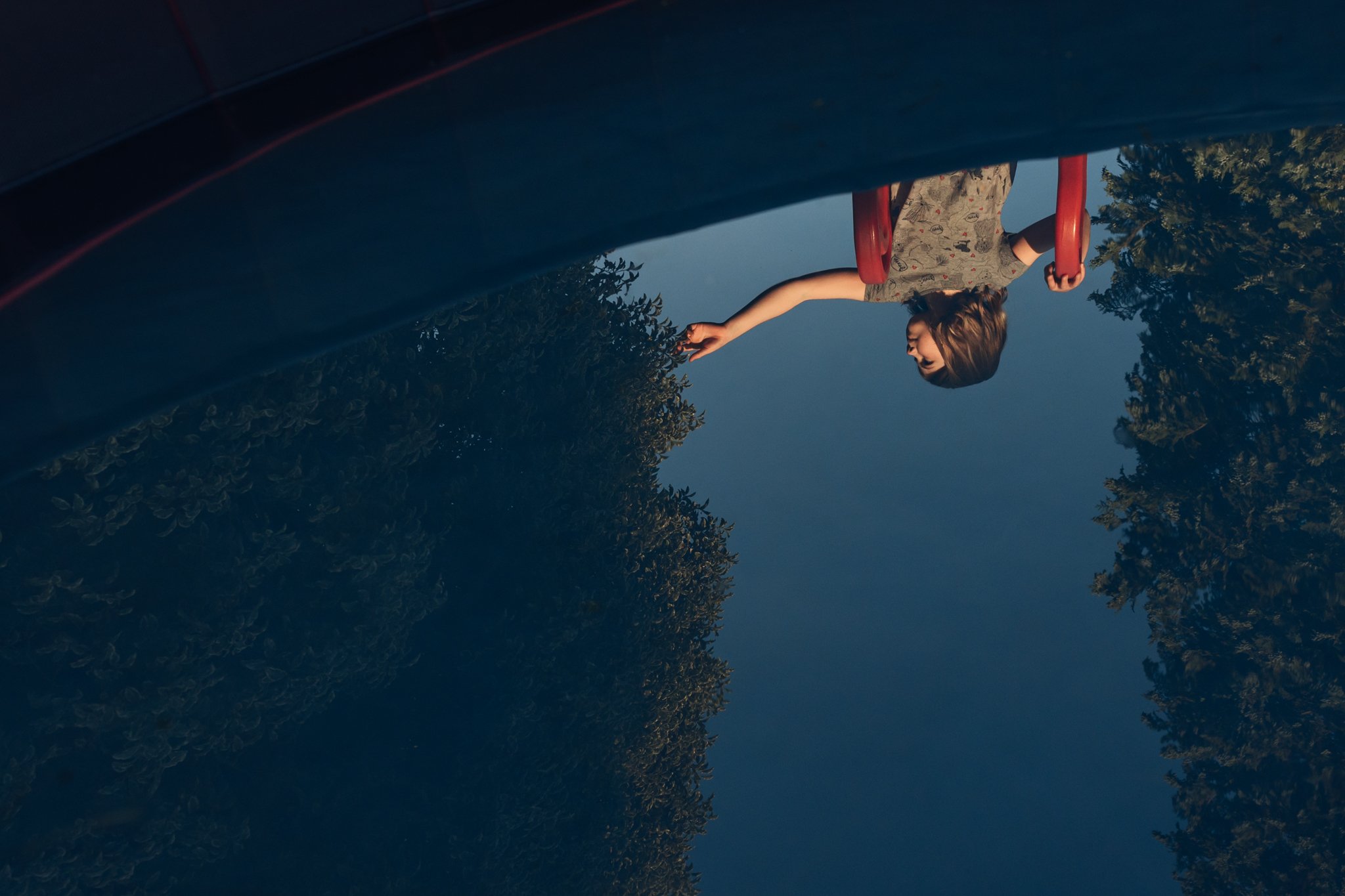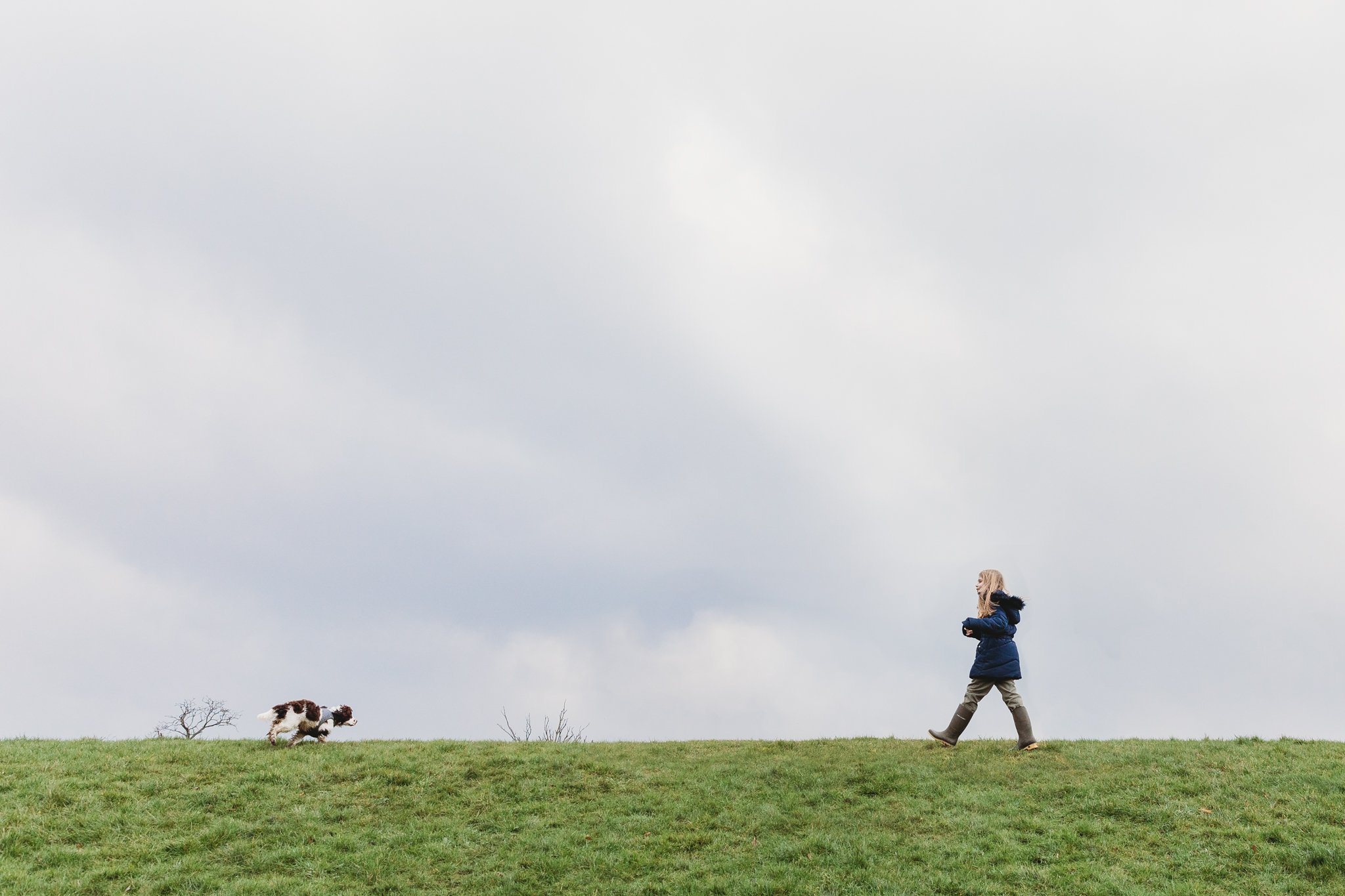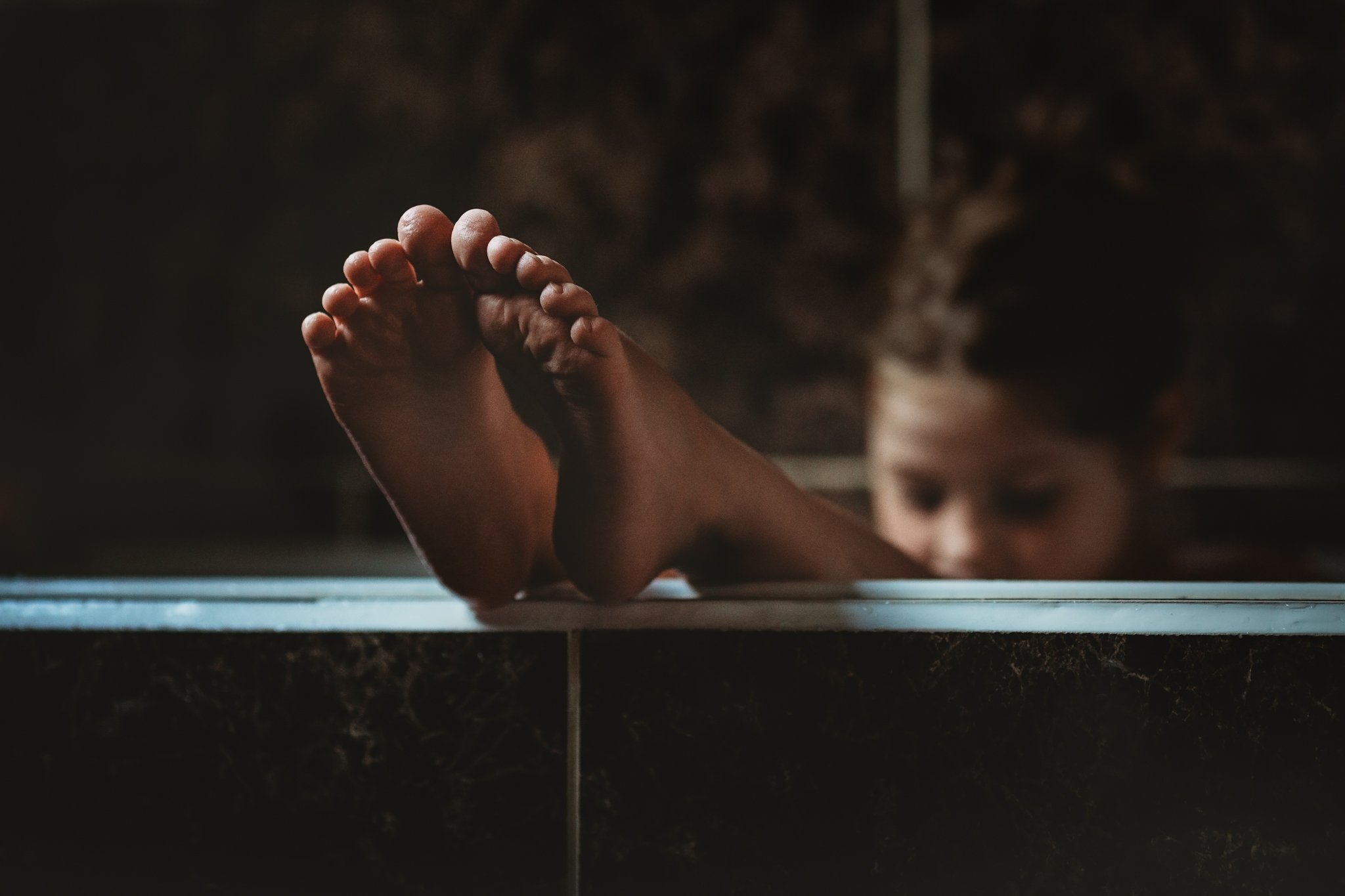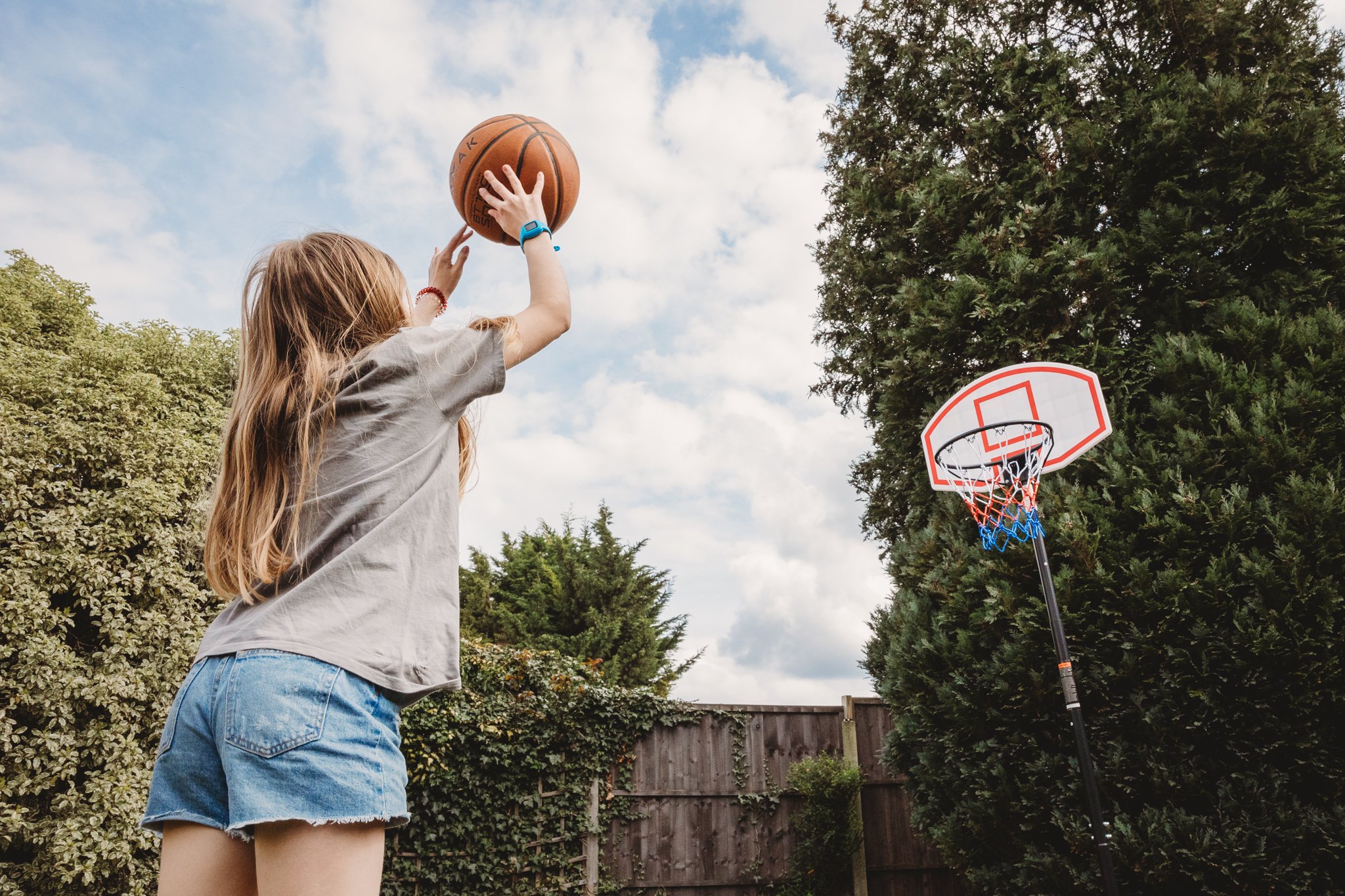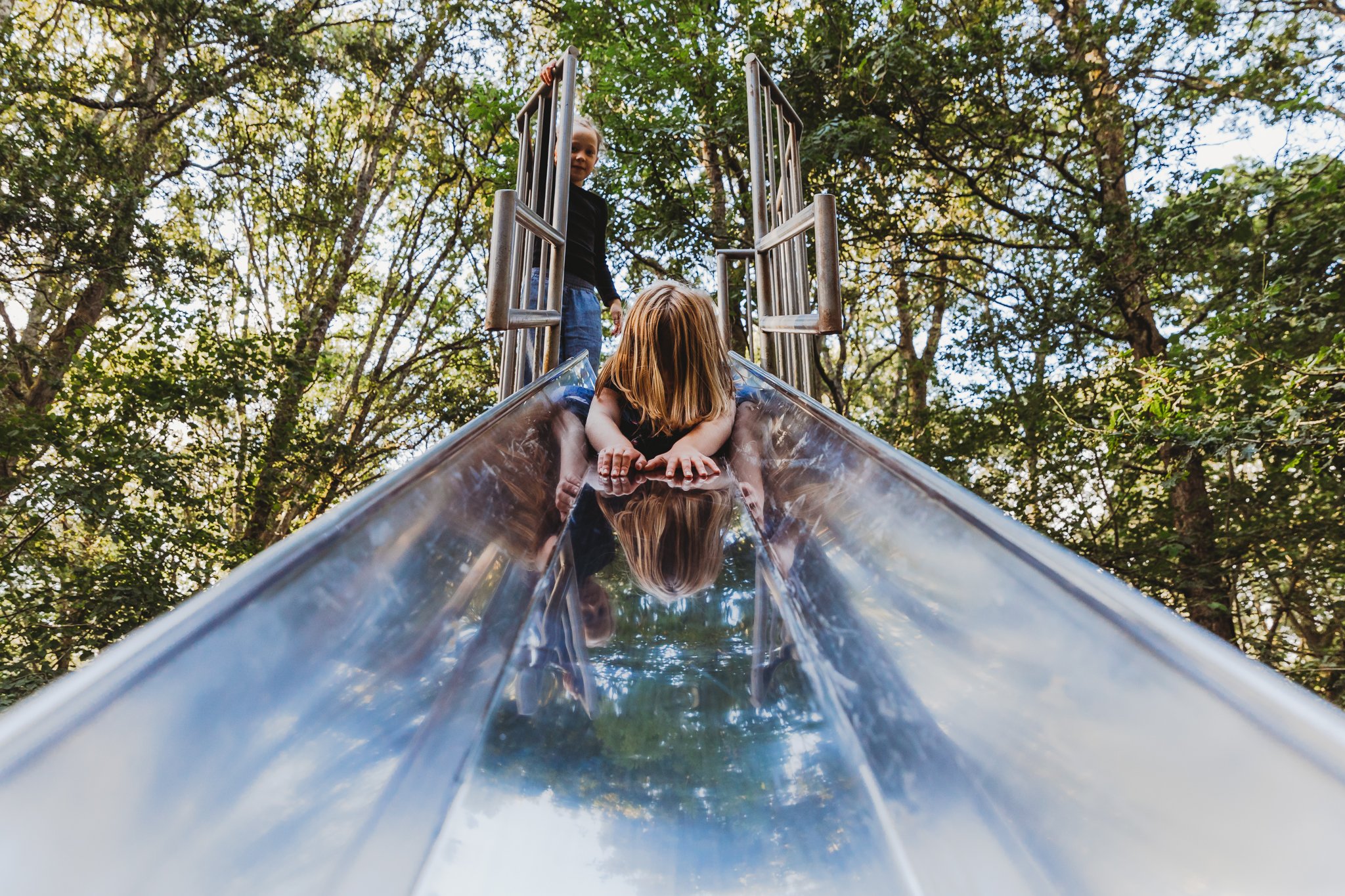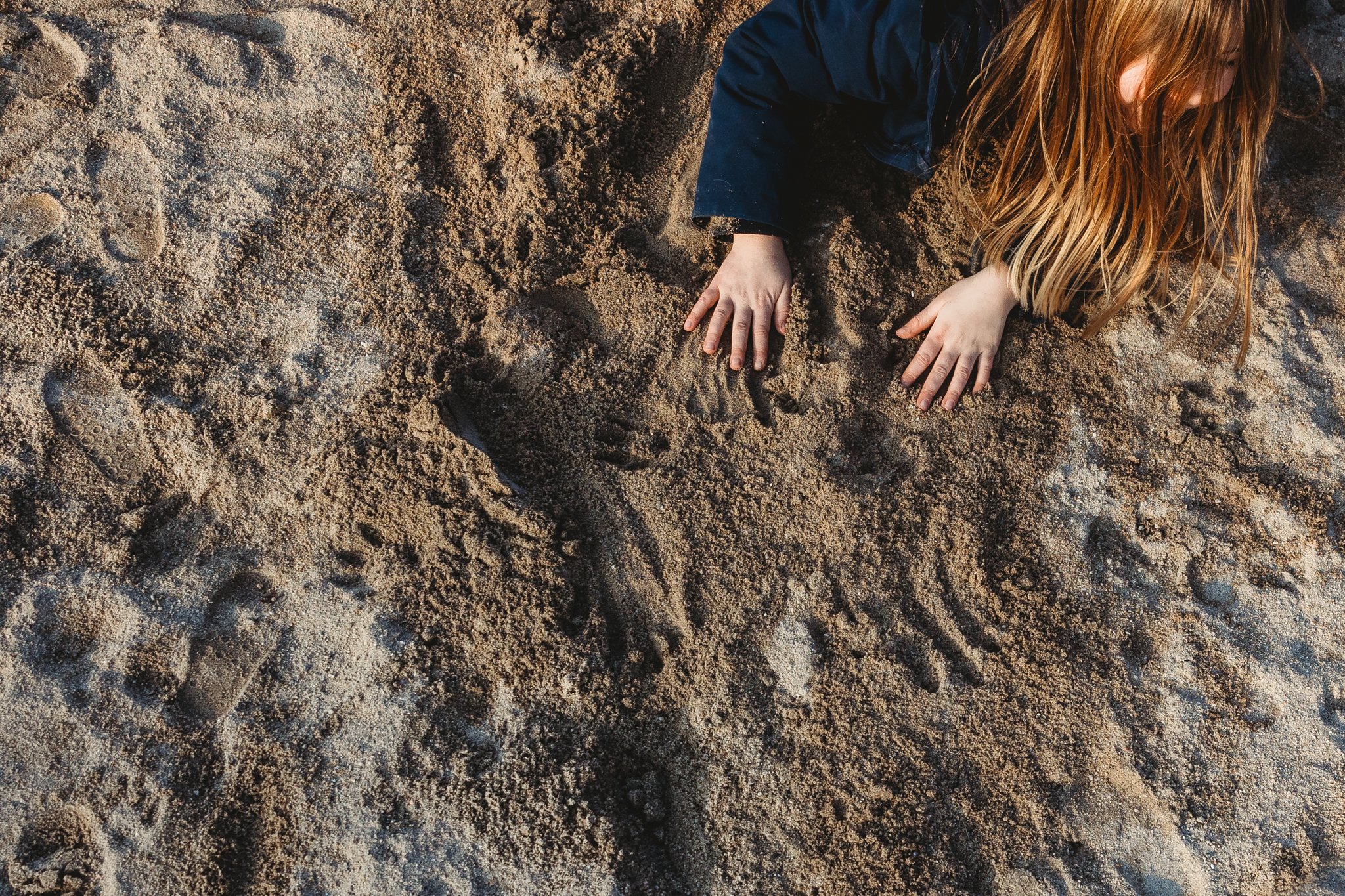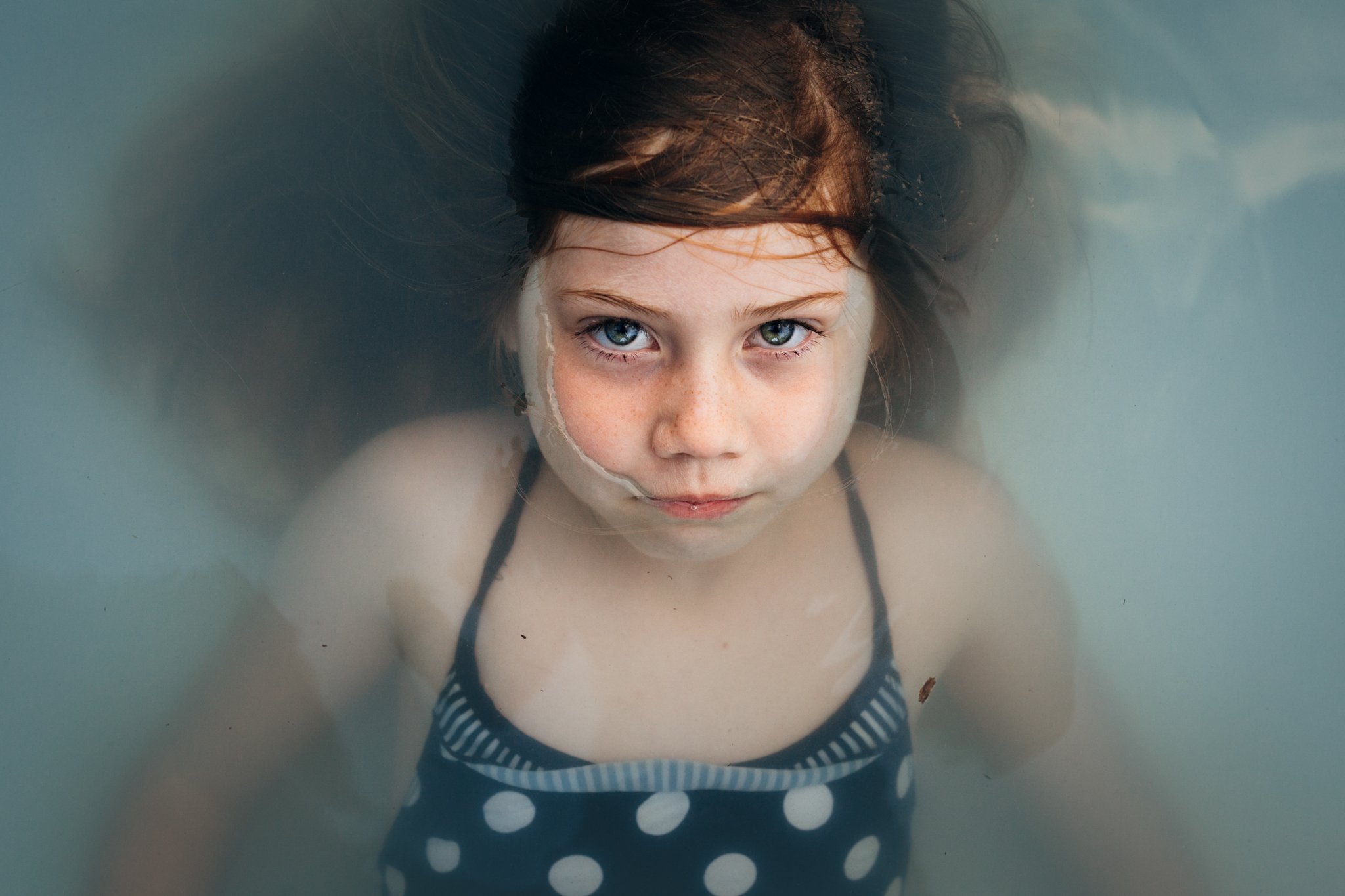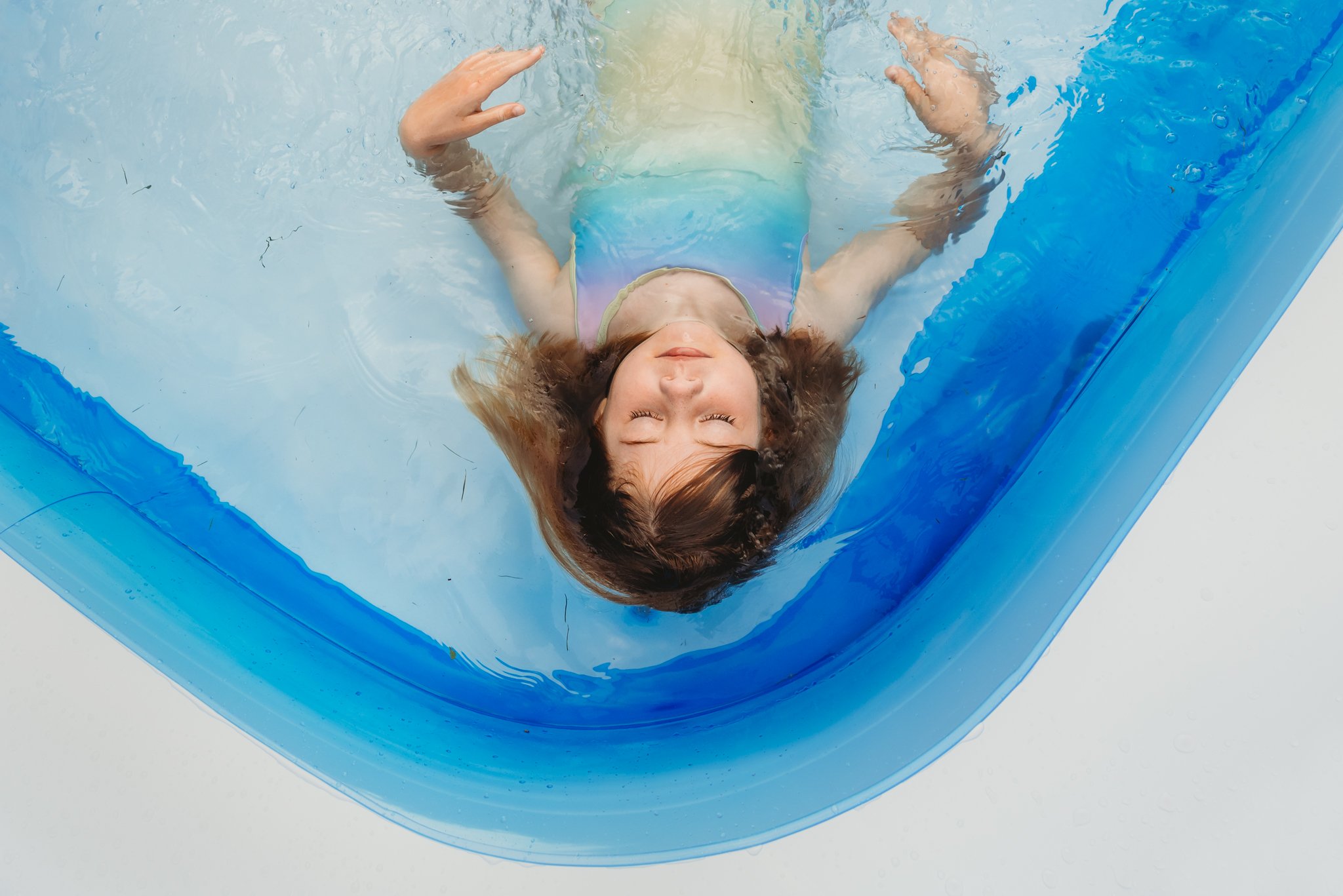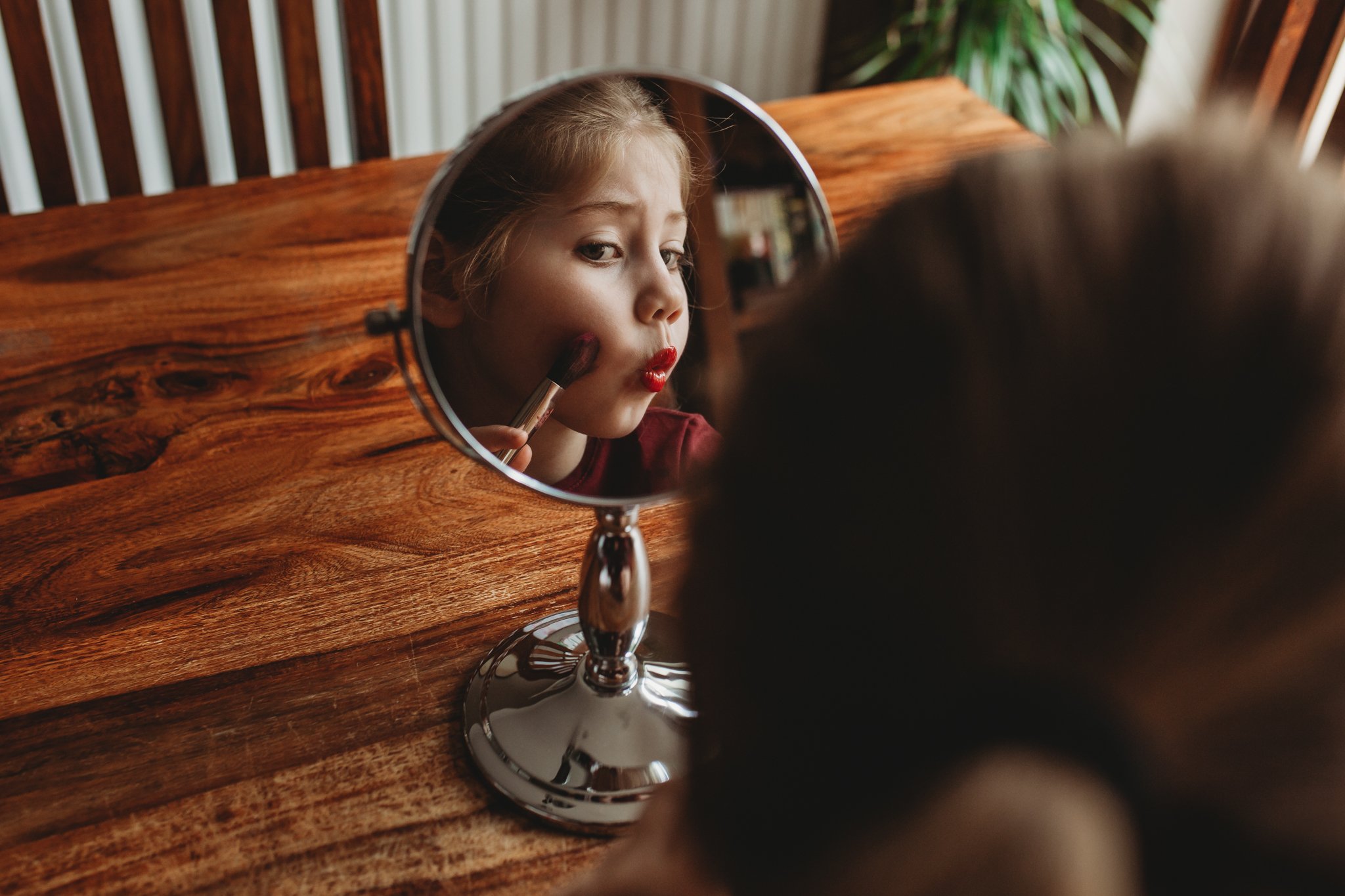Tops Tips for Composing Better Photographs of Your Children | Family Photography in South London
People often assume that you need a fancy camera, or that you have to be super creative to take great photographs but it’s really not true. Photography is a craft, just like any other, and once you learn some of the basics, your photographs will improve no matter what gear you have.
“It is an illusion that photos are made with the camera… they are made with the eye, heart, and head.”
Find the light
Light is everything in photography and you don’t actually need an abundance of it to create beautiful images. As long as the light you have available is illuminating your little subject in the right places then it’s enough!
Spend some time observing the light in your home and notice where it falls throughout the day. Perhaps there are times when you have streams of light coming in that create that beautiful contrast between light and shadow? This kind of light is wonderful for highlighting little details - your child’s profile, baby curls, little hands and feet at play. When it’s overcast, look for the source of light (usually a window) and wait until your child is closest to it before you photograph them.
When you’re outdoors and light is plentiful notice its different qualities. Cloudy days will give you soft, diffused light ideal for portraits. When it’s bright and sunny, play with shadows and make the most of the vibrance and saturation this light brings to the colours in the environment.
Use the rule of thirds
Once you’ve found the light, it’s time to think about your composition or where you position your subject in your frame.
A basic principle that will instantly improve your photos is the good old rule of thirds. Imagine that your frame is divided into nine equal parts – with two lines running horizontally across your image, and two running vertically down it. Compose your photo so that areas of interest are positioned on the grid lines, and for an even stronger composition, where those lines intersect.
Most cameras, including smart phone cameras, allow you to switch on a rule of thirds grid which can be really helpful if you need a bit of guidance while you’re shooting.
Get down to your child’s level
Our default position as adults is to point the camera down to our children. There’s nothing wrong with this but if you want your photographs to feel more intimate, and give a sense of how your child experiences the world, try photographing them at their eye level. Sit with them, crouch down to them or even lay on your tummy to achieve this. You’ll be surprised just how much this simple change can really energise your photos.
Play with your angles
Experiment with your shooting angles from time to time to create more dynamic and less predictable shots.
Tilt your camera upwards to emphasise height or exclude things in your environment that might be a distraction.
Get right over the top for a view you don’t often see. This perspective is also a brilliant way to simplify your background, putting your subject centre stage.
Frame your subject
Frames aren’t just for the wall! Finding a way to frame your subject is a really effective way to highlight what’s important and you can find frames everywhere - mirrors, doorways, tunnels, tree branches, other people or even just a little bit of clear space around your child in an otherwise cluttered scene. Frames add interest to your photos and help your subject stand out.
Use negative space
I love a good close up but it’s worth stepping back every now and then to give your subject some space around them. That negative space (the space not occupied by your child) doesn’t have to be completely blank but should always have the effect of drawing your eye to what’s important.
Don’t be afraid to try new things
Perhaps you always get very close to your children when you photograph them, or maybe you always shoot with a portrait rather than landscape orientation? There’s nothing wrong with either of these approaches but if your photos are all looking a bit the same then it’s time to switch things up a bit.
Don’t just take one photo and stop there - keep shooting as you move around the scene, altering your distance, your angle and your direction. You might be surprised by the results. Keep the techniques I’ve mentioned in mind but always remember that it’s better to have captured the moment imperfectly than to have not captured it all!
